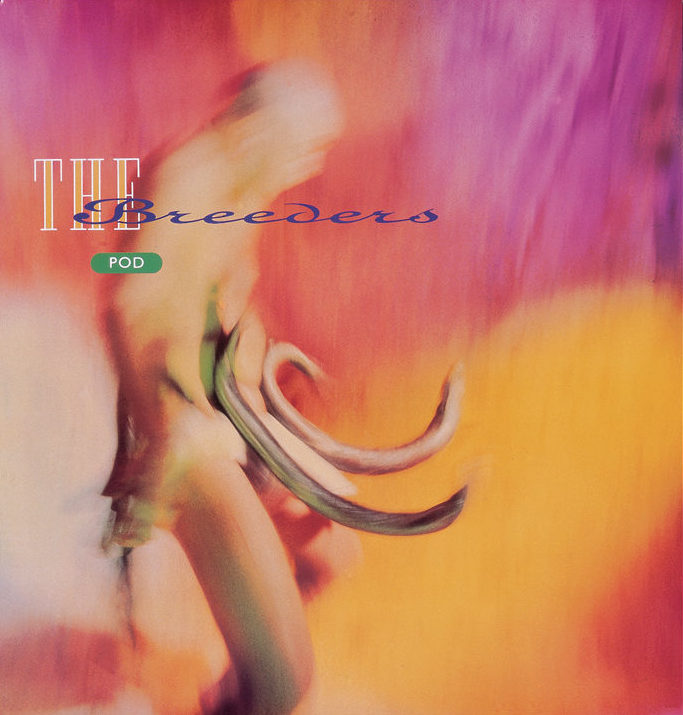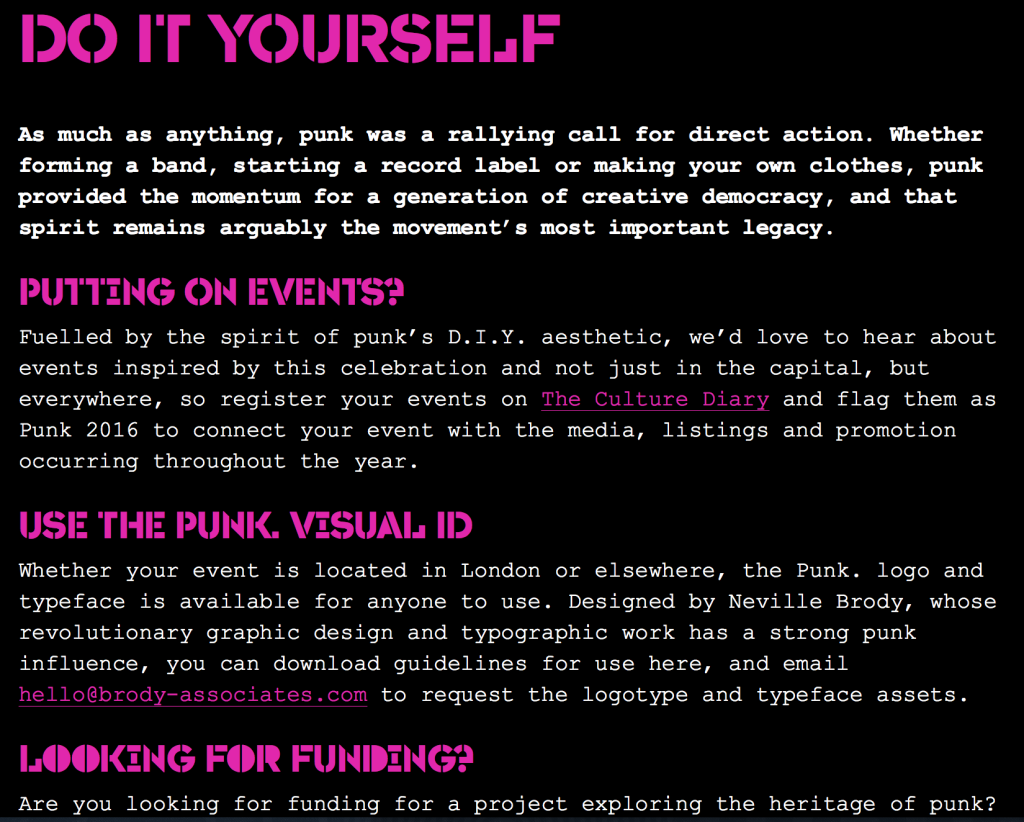Here’s another interview from the unpublished series done for the Sound Design exhibition, which I curated for the British Council back in 2000. Vaughan Oliver’s work, as the studio known both as v23 and 23 Envelope, has been described as ‘graphic design for designers’; and while some people find it is difficult to decipher, it treats the initiated to a mix of undiluted wildness and superb craft. Indeed, it continues to win new fans, as Unit Edition’s successful Kickstarter campaign suggests. The aim is to publish a lavish ‘archive’ of Vaughan’s work, drawn from the extensive collection at the University of the Creative Arts, Epsom, where Vaughan is Visiting Professor of Graphic Design. Over the years, Vaughan has been a high-profile member of the graphic design community, participating in events and interviews, while his work has been collected by the Victoria and Albert Museum. This won’t be the first book about Vaughan either; Rick Poynor’s Vaughan Oliver: Visceral Pleasures was published by Booth-Clibborn Editions (who I worked with at the time), and designed by Vaughan himself, also in 2000.
Vaughan Oliver, interviewed by Liz Farrelly on 18/7/2000.
Liz Farrelly: How did your connection with 4AD start?
Vaughan Oliver: My interest in music graphics goes back to being a kid and the idea of combining my twin passions, music and visual arts.
Continue reading


